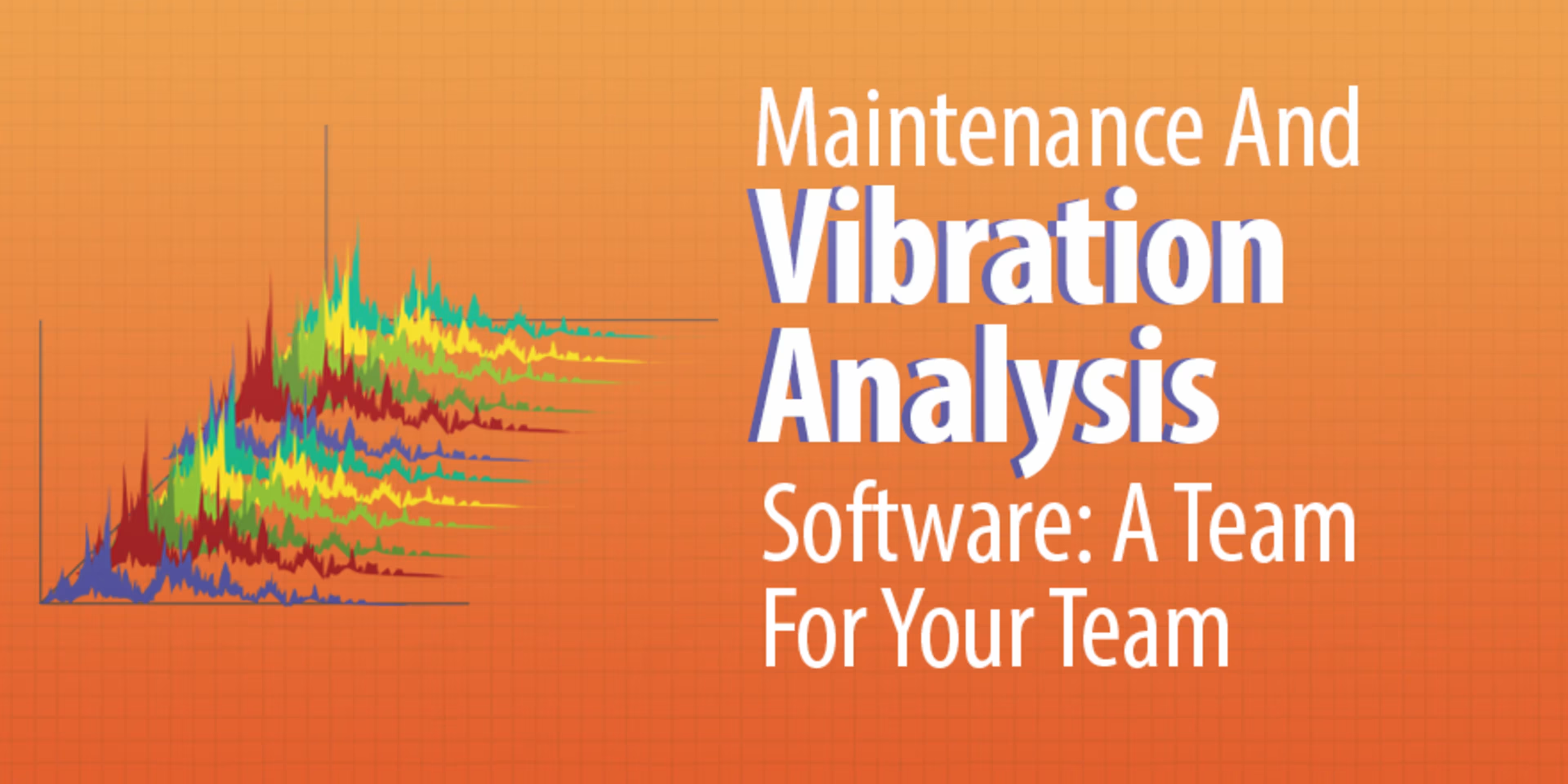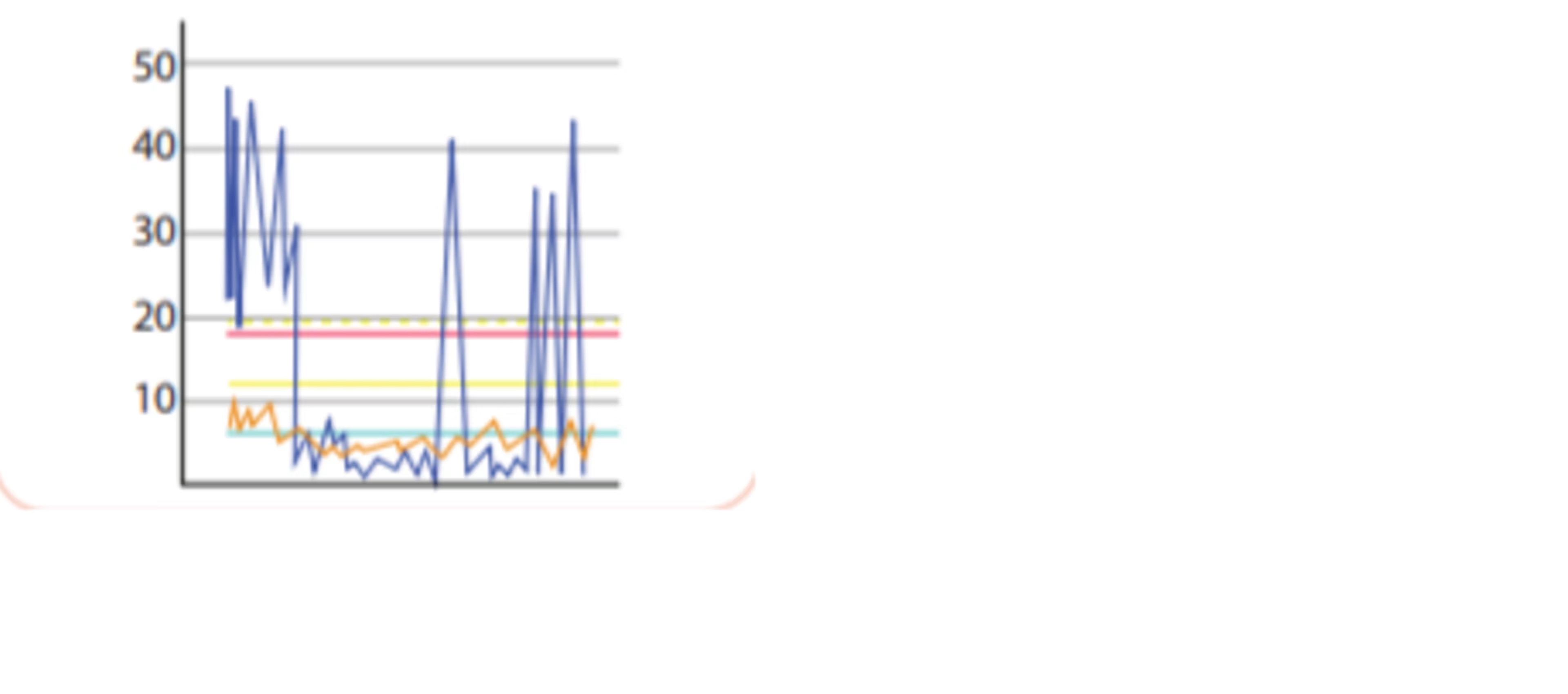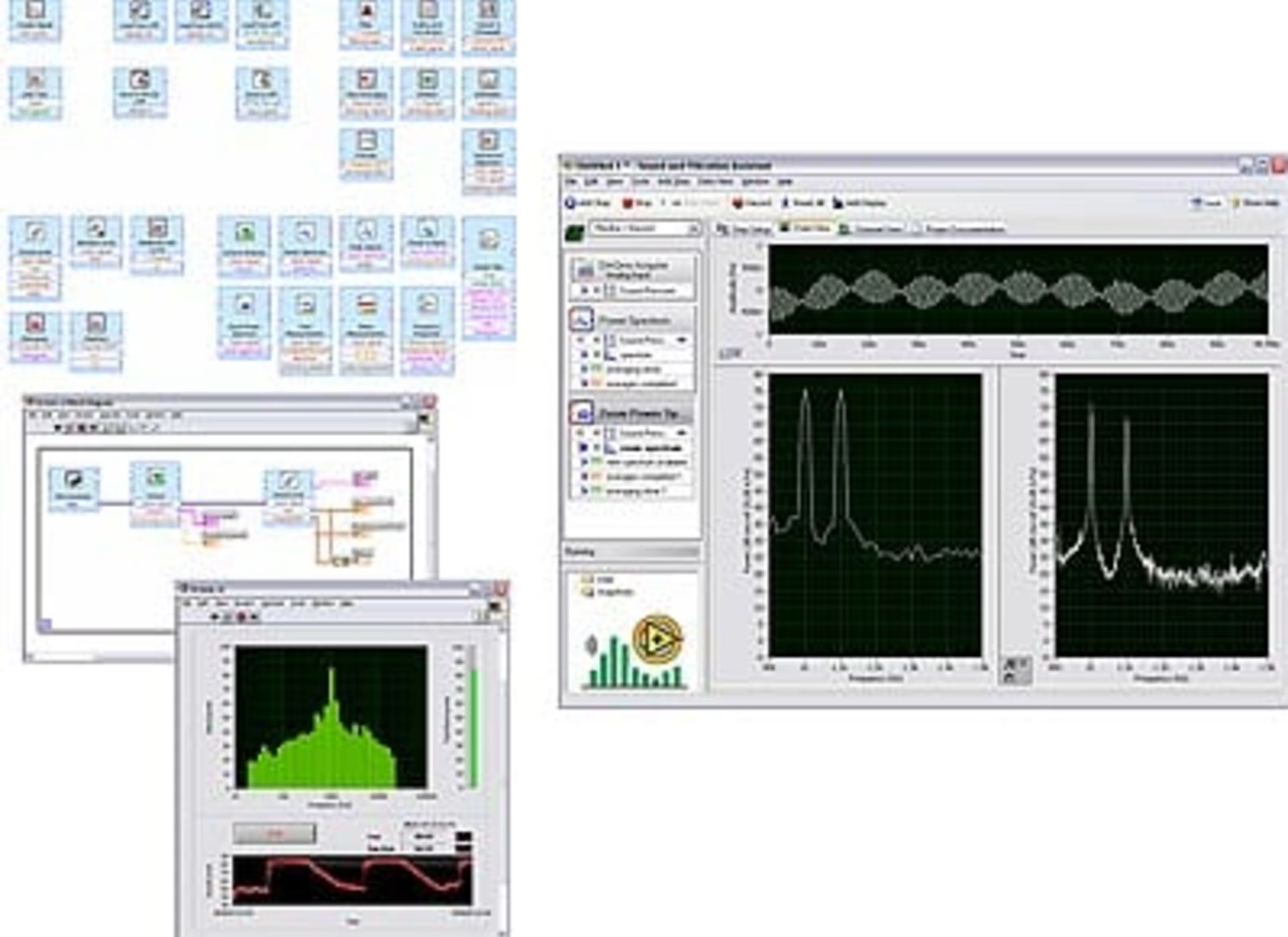Every minute a vital asset is broken, you're losing money. I like to imagine downtime as a stopwatch that keeps time in seconds and dollars.
Every maintenance manager knows it's in your best interest to decrease downtime. But how can you predict when your assets are going to break down?
By measuring your assets' vibrations. If a machine has a rotating part (in other words, a lot of them), it's going to vibrate. And there's useful information buried in those vibrations.
Vibration analysis software is one tool that can help you get at that useful information. By analyzing your assets' vibrations, you'll get a better idea of when, and if, they're going to break. And that gives you the chance to control that downtime stopwatch.
In this post, I'll explain what vibration analysis is, and also give you an idea of the price and options for vibration analysis software and what's required to take advantage of it.

What is vibration analysis software?
Vibration analysis software analyzes, and visualizes, an asset's vibrations.
Why would you want to do either? Because an asset's vibrations are like a body's heartbeats: they're a good indicator of how the body's doing. Vibration analysis software is to your assets what a doctor with a stethoscope is to your body.
If your heartbeat's off, that tells a doctor to look further. If your asset's vibrations are off, that tells maintenance staff to look further.
Shopping for vibration analysis software
Shopping for vibration analysis software can be difficult. Higher-end programs are cost-prohibitive for a lot of small businesses as they range anywhere from $20,000 to $995,000.
Another difficulty of shopping for vibration analysis software? The market is diverse, and doesn't have any standard, go-to options—there's no equivalent of Quickbooks or Excel in the world of vibration analysis software.
"There are a lot of different people doing vibration analysis, at different levels of sophistication," Craig Truempi, director of IIoT reliability at ATEK, told me in a recent interview. "There's no one-size-fits-all product."
As a result, it can be difficult to pick a program.
Furthermore, vibration analysis software isn't easy to pick up. There's a learning curve.
"Vibration analysis requires you to be good at taking data in the field, knowing what locations to take the data, and then doing analysis in the software," says Truempi.
Vibration analysis is difficult enough that the Vibration Institute, a group devoted to studying machine vibrations, certifies vibration professionals. There are four levels of certification, with I the lowest, and IV the highest. According to Truempi, level III certification generally takes five years.
You don't have to be certified to use vibration analysis software, but understand that vibration analysis is a complicated process, and using the software isn't as easy as, say, scheduling tasks with computerized maintenance management software.
4 vibration analysis software programs
>These four vibration analysis software programs can help you dig information out of your assets. These programs were chosen because they are the most affordable for small businesses.
1. Vibrationdata
The creation of NASA engineer Tom Irvine, Vibrationdata is a simple vibration analysis software program available in MATLAB and Python. Tom's website also offers numerous webinars on Vibrationdata's uses. Vibrationdata is open source, which means you can adapt it to your needs. You will need to be familiar with MATLAB or Python, though.
Price: Free/open source

A waterfall chart made with Vibrationdata
2. AssetScan
AssetScan, from ATEK, is a package of software, hardware, and cloud storage. AssetScan will help you interpret your assets' vibrations and then stores that data in the cloud. As is generally the case with cloud software, this drives down the cost.
Price: $3,000 for the hardware, and $500 annually for a subscription for the software, web portal, and cloud data storage

A graph made with AssetScan
3. National Instruments
National Instruments' sound and vibration toolkit offers you the opportunity to turn your assets' vibrations into a useful source of information. The toolkit has a drag-and-drop interface, making analysis relatively simple. You'll be able to measure sound levels, investigate power spectra, calibrate sensors, measure torsional vibrations, and filter out human vibrations.
Price: Sound and vibration toolkits start at $2,185. If you want to use the toolkit, however, you'll need to also purchase LabVIEW, a program that starts at either $2,999 for LabVIEW Full Development, or $4,999 for LabVIEW Professional Development.

National Instruments' sound and vibration toolkit
4. DPlot
DPlot gives any reliability engineer the opportunity to visualize the wavelength patterns created by their assets' vibrations. DPlot offers numerous graphs and visual options for this purpose, from bar charts and box-and-whiskers, to more advanced visuals such as 3D-rendered contour plots. The program also offers 49 mathematical and trigonometry functions, along with the ability to use conditional formulas such as (if_true) and (if_false).
Price: DPlot licenses are priced by number of users, ranging from $195 per license for one user, to $120 per license for ten to twenty-four users. DPlot also has special licenses for high schools and colleges.

A tripartite graph made with DPlot
Have you used vibration analysis software?
If you've used vibration analysis software to help your facility, let me know in the comments below!
If you're interested in how other kinds of software can help your maintenance team, check out one of these great Capterra posts:
Reliability Centered Maintenance: What It is And How It Helps
3 Simple Steps To A Preventive Maintenance Schedule